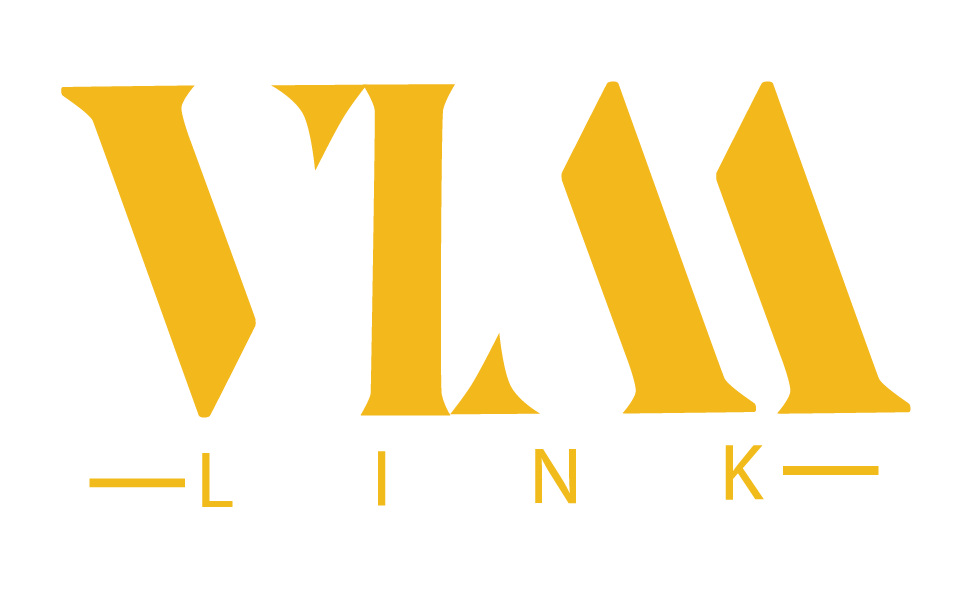According to International Data Corp., Fortune 500 companies lose at least $31.5 billion a year by failing to share knowledge.
By incorporating IEMC model into your knowledge management strategy, you save resources by making your organization more efficient.
Let’s take a deeper look at some of these top benefits of knowledge sharing:
1. Enhanced communication.
Knowledge is power and your people are your greatest asset. But how can they deliver strong results if they’re missing key information or don’t have relevant updates? That’s why you need your people to receive content that really matters to them.
2. Cooperation and high innovation.
It’s not just about the ability to deliver your information, it’s also about the interaction you can get. When knowledge sharing is a core component of your organizational operations, you foster a collaborative environment where employees are not ostracized by departments.
3. Increasing efficiency and solving problems.
When employees have access to up-to-date information, they can work more efficiently to complete tasks or help customers.
This can waste a lot of time. About 28 percent of an employee’s work week is spent managing emails, and 20 percent is spent searching for internal information. That’s a little over 1/4 work week!
The beauty of knowledge sharing is that people, knowledge and resources are readily available and accessible. This enables faster problem solving and project completion because employees already have the knowledge they need, or can easily find it on the spot to make smarter decisions.
4. Stronger project management and workflow.
We’ve noted that efficiency is a huge advantage when knowledge sharing is at the forefront. This is especially true of project management. Teams reduce the risk of duplicating efforts on the same task, as IEMC system are built to share and track information on projects already in progress.
5. Better relations between management and teams.
The working relationship between the management and the team is very important. According to studies, 57% of employees feel that they are not given clear instructions.
Even more surprising, 69 percent of managers’ report that they usually don’t feel comfortable communicating with their employees. How can you succeed as an organization if employees are unclear and managers have communication problems?
By simplifying knowledge sharing with your leaders, managers, departments and partners, you align, connect and engage your audience with the information they need. You essentially arm your people with the knowledge to confidently and efficiently complete your end goal.
6. Improving the culture, morale and experience of employees.
The last thing you want is confused and frustrated employees. When employees feel this way, it usually comes from feeling undervalued or unsupported. As a result, individual and team performance suffers, employees are less likely to promote your brand or speak positively about your organization, and in the worst case scenario, and employee disengagement spreads to other teams.
Technology and knowledge sharing
Today’s business landscape is very competitive. To stay ahead, organizations must constantly launch new products, provide superior service, and continue to innovate. Your internal communication strategy and performance will increase when you have remote teams, multiple offices, or trying to engage with large audiences because you have one more barrier to work with: distance.
This is why technology, especially having the best knowledge sharing tools, is essential. It facilitates your goals, automates information distribution, and connects your organization and target audiences everywhere.
